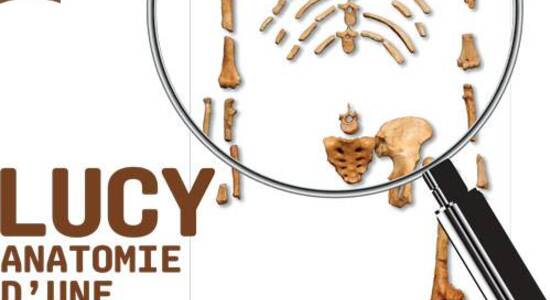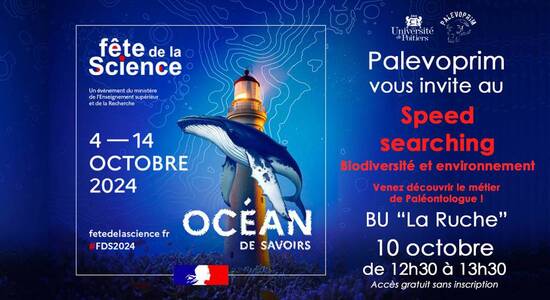Publication Biological Journal of the Linnean Society
Publié par Laboratoire PALEVOPRIM, le 23 novembre 2020 1.1k
Examining the effect of feralization on craniomandibular morphology in pigs, Sus scrofa (Artiodactyla: Suidae)
Feralization is the process by which domestic animals return to the wild and produce self-sustaining populations. It is often considered as a model in understanding the permanence of morphological changes associated with domestication; however, it is still unclear how much the release of anthropogenic selective pressures affects domestic traits. Here, we assessed the influence of feralization on the domestic morphological traits acquired through selective breeding using craniomandibular differences in shape and size between populations of feral pigs, wild boar and domestic pigs, using landmark-based geometric morphometrics. Our results suggest that numerous cranial and mandibular traits associated with domestication still exist in feral specimens, corroborating that domestication-induced changes in the shape of morphological elements are broadly maintained in feral populations. This is not the case for size variations, however, as the cranium is significantly smaller in feral pigs than in domesticated breeds, which could be due to the selective pressures associated with founding events. Our exploratory study, therefore, underlines the complexity of feral population history, the intricate influence of variations in genetic diversity, and novel selection pressures in the morphology of these groups. Future studies will need to expand the sample to take into account the diversity of morphotypes.
Références
Dimitri Neaux, Gabrielle Sansalone, François Lecompte, Camille Noûs, Ashleigh Haruda, Renate Schafberg and Thomas Cucchi – Examining the effect of feralization on craniomandibular morphology in pigs, Sus scrofa (Artiodactyla: Suidae) – Biological Journal of the Linnean Society, 2020, XX, 1–10.




